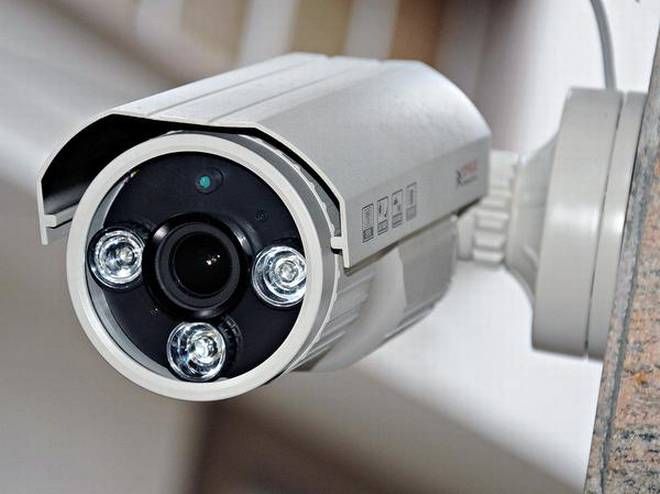It’s a surprise anybody makes a purchase in the CCTV industry, with the dizzying array of manufacturers offering CCTV cameras at wildly various pricing ranges. This is why we assembled our technical team and asked them to come up with the top items to think about before purchasing a camera solution. Learn more about the wireless CCTV camera in Kuwait.
1. Having a plan of focus
This may surprise you, but it’s the most common occurrence. There is a vast landscape of possibilities to explore, but the foundation of the system is the decisions made on where to focus. The first step in adopting a CCTV system should continuously be determining what to cover since capabilities like ANPR, motion detection, night vision, and auto-tracking dramatically alter the camera’s accessibility. Learn more about the CCTV surveillance system in Kuwait.
2. External Factors and Geographical Context
Environmental factors may drastically alter the efficiency and aesthetics of a camera system. Things like sunshine may dramatically affect where you set the camera, but so might the potential of vandalism, which must be considered when developing a camera system.
3. Cabling
Power cables, data cables, or both will be required regardless of the approach used. Analog systems need local power and rather expensive crimps for the data; then Cat5e came along, and adaptors were used to transmit both the data and power across Cat5e; nevertheless, prices may rise dramatically when power splitters are used. On the other hand, IP systems have the technology preinstalled in the hardware, so data and power may go over the same connection directly from the NVR.
4. Which Type Of Camera Model?
Bullet cameras, pan-tilt-zoom cameras, and everything in between is just a few of the many camera types available. How can you narrow all the options to the one that best suits your requirements? You may have identified the external influences and risks and researched the pros and cons of different camera designs, which should narrow your choices. For instance, you wouldn’t get a bullet camera installed at low levels and at a reduced rate, as it can be pushed out of view; instead, look for a vandal-resistant dome camera.
5. Resolution At Output And Quality
Once you know what you want to photograph and how far away it is, you may determine the quality you want from your camera. It’s easy to be convinced by analog systems like Hikvision’s Turbo HD, which supports resolutions up to 1080p. However, their IP solution provides resolutions ranging from 1.2MP to 12MP, so there are plenty of options. If no current analog cabling exists, the most excellent value may be found in the market’s most prevalent IP cameras, which employ 2MP or 4MP technology.
6. Size Of Lens And Sensor
Lenses range in focal length from 2.8 millimeters to infinity. However, not all lens sizes can be directly compared because of sensor size and quality variations. A 2.8mm lens will provide a broad field of view, but you may lose some detail in your photos, making it difficult to tell individuals and things apart.
